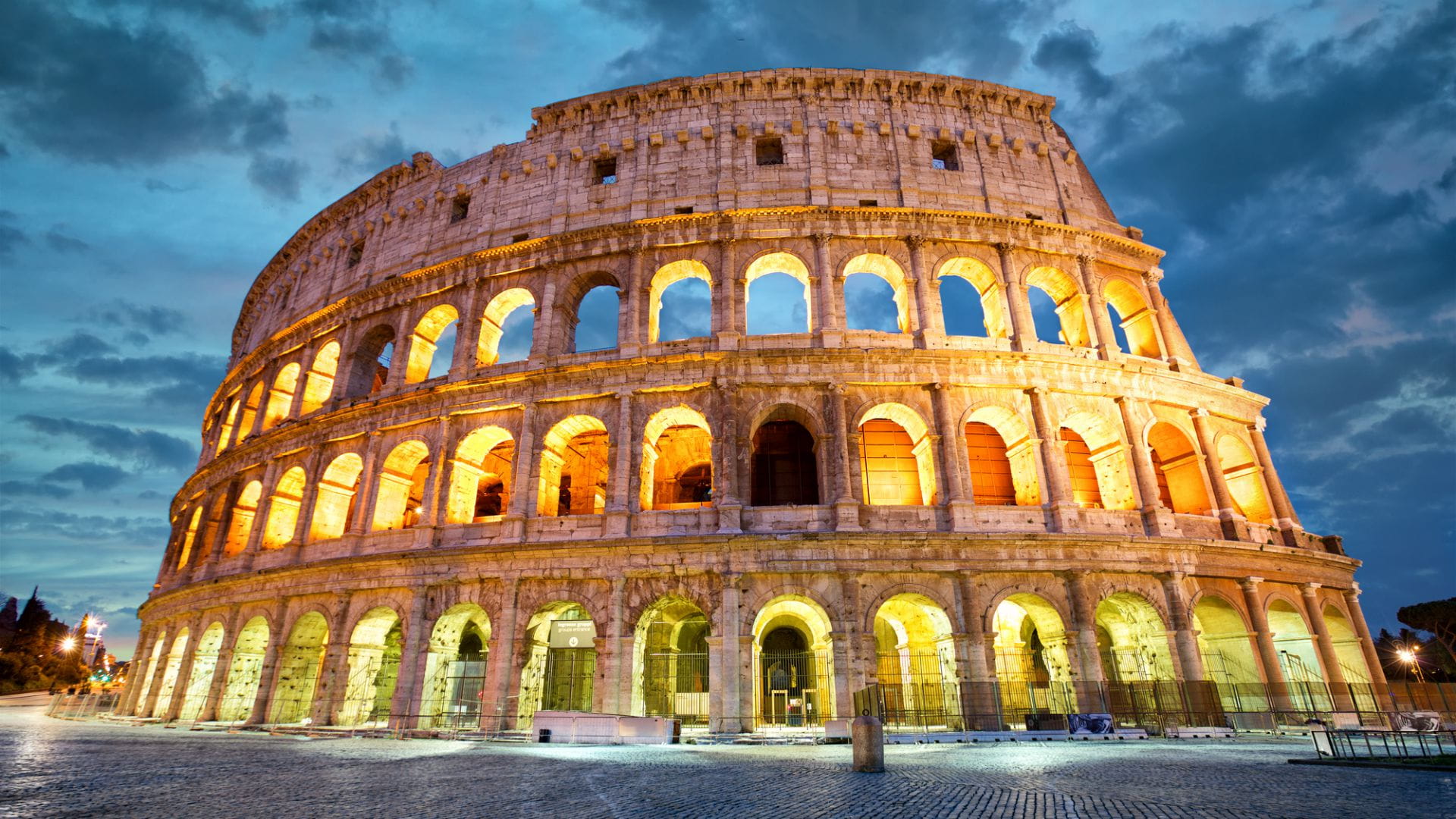Focus: UNESCO’s “Culture 2030 Indicators” represent a framework of thematic indicators to measure and monitor the contribution of culture to the Sustainable Development Goals, considering it both as a sector in its own right and as a cross-cutting element to the SDGs themselves.
Fact: According to 70 percent of respondents, the whole world should contribute to the preservation of the Colosseum
The idea: Cultural-historical assets generate indirect-but timely calculable wealth for the surrounding real estate market
The Flavian Amphitheater, better known as the Colosseum, is the most visited and perhaps most famous Italian monument in the world. In 2019 alone, there were more than seven million visitors. Deloitte quantified its value in its study “The Value of an Iconic Asset. The economic and social value of the Colosseum,” presented on July 25, 2022, in Rome and conducted by the Italian Economic Advisory team, which specializes in economic-social value and impact analysis. Overall, the asset generates wealth that is close to 80 billion euros. Marco Vulpiani, partner and head of the Valuation, Modeling & Economic Advisory area of Deloitte Central Mediterranean, specifies that “the Colosseum as a tourist-cultural attraction contributes 1.4 billion euros per year to the Italian economy in terms of contribution to GDP, with a social value of about 77 billion euros (76.8 billion to be exact, ed.).”
To quantify the value of this highly symbolic site, the company first examined its contribution to the Italian economy (operations and induced tourism). That is, the generation of the direct cash flow related to the visitor experience (purchase of entrance tickets, etc.); then, the tourist spending related to the experience as a whole (catering, overnight stays, etc.). Second, the indirect use value. This is the so-called hedonic value, “represented by the pleasure of the mere proximity and sight of an iconic work.” The prices of real estate units in the vicinity of the asset represent this intangible value. Based on transactions observed in the real estate market, this indirect use value was found to be over 400 million euros. Finally, Marco Vulpiani continues, there is “the social value of the Colosseum, understood primarily as the value that its mere existence represents for society.” Ninety-seven percent of respondents consider the Colosseum’s existence “very important” or “important.” Eighty-seven percent believe that the monument represents our country’s most relevant cultural attraction; 92 percent agree that the amphitheater should be preserved under all circumstances. More than half consider it the main factor in their decision to visit Rome. Finally, about 30 percent of respondents believe that Italians alone should pay for its preservation, while for the remaining 70 percent, the whole world should contribute. Putting all the pieces together, we estimate an existence value of 75.7 billion euros. Added to the rest (1.1 billion euros), it leads to a total value of the property as a social asset of 76.8 billion euros.
Valeria Brambilla, life science and healthcare leader and chairman of the board of Deloitte & Touche, referring to UNESCO’s “Culture 2030 Indicators,” recalls that “culture is not only a sector of activity but that driving force for the sustainable economic development of our planet. It contributes to the GDP with managerial profiles, induced activities, and enterprises.” The executive recalls that a cultural asset is an asset “when it is properly managed. The value of an asset like this is also measured through indicators of the expense of maintenance, preservation, and governance. But the preciousness of culture must also be measured by what it brings to the community (youth initiatives, universities, minorities). Do not forget the aspect of social cohesion: indicators here measure the number and type of visitors. An asset like the Colosseum is an element of solid social cohesion: it attracts people of different ages and cultures.”
Measuring the sustainability of culture
“Culture generates jobs, economic development, and induced income in the reference area. It promotes diversity and inclusion. Today, more than ever, we realize its potential, including at the level of sustainable development.” The interview with Roberta Ghilardi, Sustainability Senior Consultant at Deloitte & Touche Spa and member of the Service Line Offering Art & Finance at Deloitte Private















